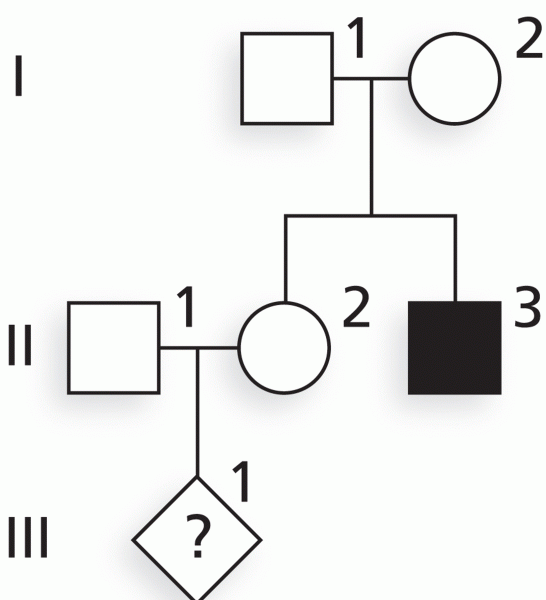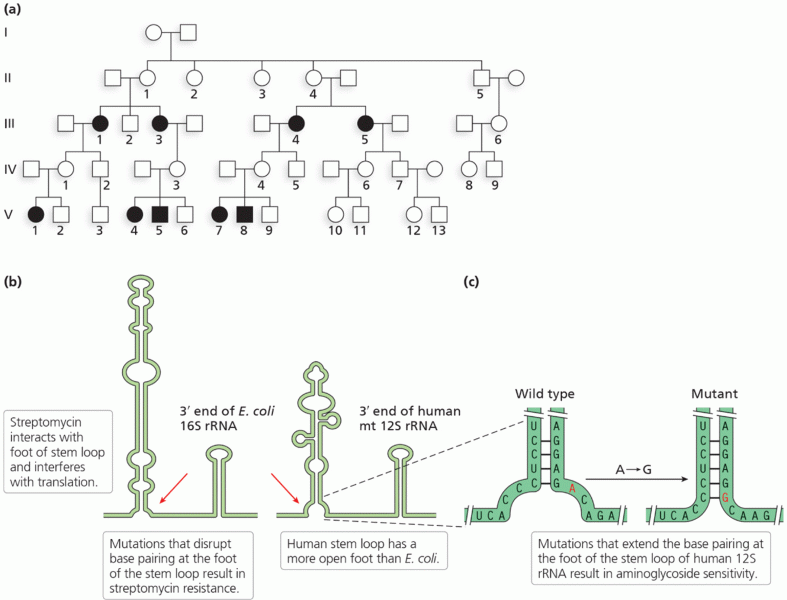|
|
|
Bacteria have been found alive in a lake buried one half mile under ice in Antarctica.
The Romans did not use numerals to indicate fractions but instead used words to indicate parts of a whole.
Hypertension is a silent killer because it is deadly and has no significant early symptoms. The danger from hypertension is the extra load on the heart, which can lead to hypertensive heart disease and kidney damage. This occurs without any major symptoms until the high blood pressure becomes extreme. Regular blood pressure checks are an important method of catching hypertension before it can kill you.
Eat fiber! A diet high in fiber can help lower cholesterol levels by as much as 10%.
Illness; diuretics; laxative abuse; hot weather; exercise; sweating; caffeine; alcoholic beverages; starvation diets; inadequate carbohydrate consumption; and diets high in protein, salt, or fiber can cause people to become dehydrated.







